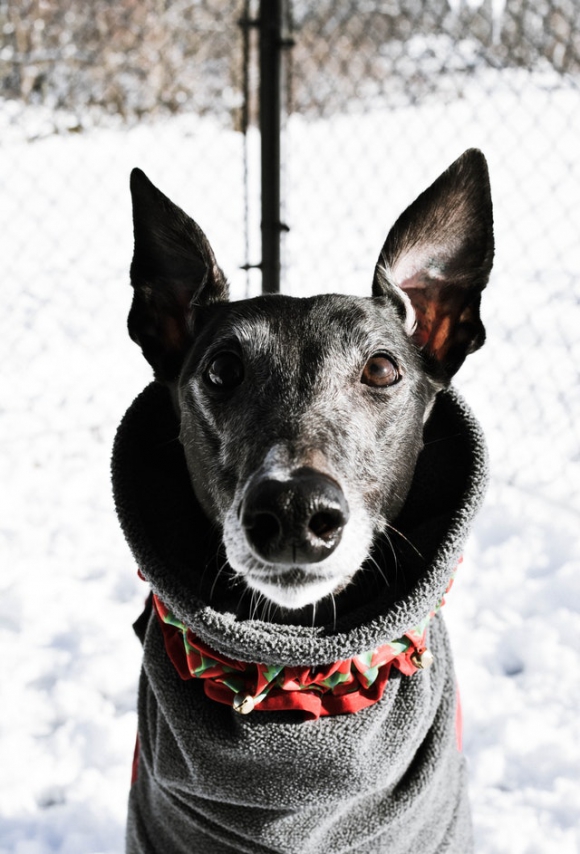


ASK US
Cold Weather Tips
Baby, it’s COLD outside! Here are a few cold weather tips for dogs:
1) Know your dog’s cold tolerance. Although all dogs are at risk in the cold weather, some are better equipped to handle it than others. Huskies and other breeds from cold climates are certainly going to be more comfortable than other dogs, such as the Italian Greyhounds, when wading through a winter wonderland. Also consider that old, young, wet dogs or dogs with thinner coats are at a greater risk of getting hypothermia and/or frostbite.
2) Take shorter walks with your dogs. Winter is a great time to get closer to your pets. They want to be inside with you where it’s warm. Short, frequent walks are preferable to extended walks during this time of year. After that, it should be right back inside to clean the snow and ice from between their toes. This isn’t to say that you should stop exercising your dog when it gets cold outside. The winter is the perfect time to enter your dog into daycare so that he can burn off excess energy in a safe and social place. Don’t forget about playtime at home either. Most dogs would love to chase a plush toy through the hallways.
3) Beware of Poisons. Antifreeze is a common cold weather poison but not the only one to be aware of: road salt and rodent poisons are also used with greater frequency during this time of year. Even if you don’t use any of those products, an unsupervised pet could easily wonder into a neighbor’s yard and find them. Dogs may also lick their paws after a walk. Every time you come inside with your dog you should dry his feet thoroughly with a towel to be sure he has not tracked in any dangerous chemicals. Also check him over for any injuries to the paws: cracks, cuts, or scrapes. These kinds of injuries can cause pain and lameness. Use pet friendly deicing products on steps, walkways and driveways.
4) For small dogs in particular, sweaters are not a joke, they’re actually very important during the cold weather. Small dogs have a larger surface area for their body weight and benefit greatly not only from a warm shirt but also from booties. If you do get booties for your dog, make sure they’re well-fitted and have good grip to prevent causing slips and falls.
5) Talk to your vet about cold weather protection. Some medical conditions will worsen when it gets colder out. Arthritis might worsen in the cold months. The cold can cause increased stiffness, and it frequently brings icy/slippery streets and sidewalks. Before it gets to be wintertime your dog should have a checkup. Having your dog checked by a veterinarian can help ensure that problems don’t worsen when the temperature drops. This visit is also your best opportunity to ask your veterinarian about winter care.
6) Keep your dog on a leash. Because dogs rely heavily on a strong sense of smell to figure out where they are, they can easily be lost during winter storms. Snow covering the ground will make their surroundings less familiar. Keeping your dog on a leash at all times – especially during winter storms – can help stop your dog from becoming lost. You may also want to ask your veterinarian about micro-chipping.
7) Don’t leave your dog inside of a parked car. This rule is also important during the summer; a parked car can quickly amplify the affects of extreme weather. During the winter it can act as an icebox and trap cold air inside.
8) Groom cautiously. It’s important to walk a fine line when grooming your dog during the winter. Taking too much hair off will mean he has less to keep him warm; leaving too much on will make brushing more difficult and could lead to matted hair. Ask your veterinarian how often they recommend grooming based on your breed of dog.
9) Dogs should always have access to water, even when outside. Never use a metal water dish outside in cold weather because your dog’s tongue can get stuck! (Think of the flag pole incident from a Christmas Story.) You can also consider purchasing a heated water dish (normally used for feral cats) so that your dog doesn’t have to drink frigid water or be challenged to get enough to drink from a frozen water source.




